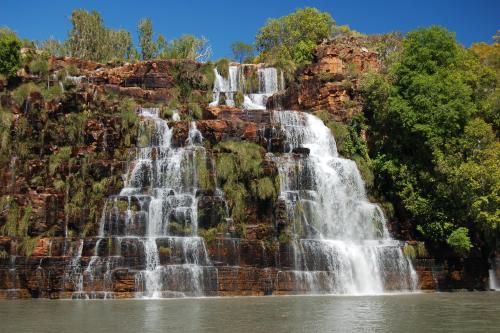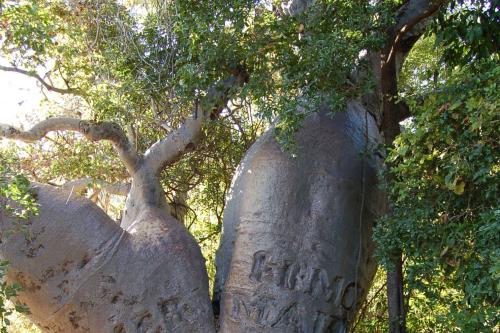About this park
This park is one of Australia’s most remote and beautiful places. Come and see the jaw-dropping natural attractions of this almost untouched Kimberley wilderness. There are only two ways to get here – by boat or fly in.
Cruise gently down the spectacular Prince Regent River. It flows straight for most of its length and often between near-vertical cliffs. You’ll think you’re in Jurassic Park with the terraced cascading waterfalls, crystal pools and ancient rock formations.This area has a deep significance to Aboriginal people.
Head to Careening Bay for a glimpse of European settler history dating back to 1820. This is where Lieutenant Phillip Parker King inscribed a boab tree with his ship's name- the words ‘HMC MERMAID 1820’. Nowadays we would never damage a tree in this way!
The park protects a rich and important biodiversity. Discover over 500 species of plants. The area contains more than half the mammals and bird species found in the Kimberley region. Look out for the park’s star inhabitants. There are loads of saltwater crocodiles and some are huge - perhaps this is Jurassic Park!
After sightseeing on land, try and land a fish for dinner. Responsible fishing is permitted outside sanctuary zones in the Lalang-garram/Camden Sound Marine Park. Know your zones and check bag, size and possession limits.
Review - Worth the visit
A visit to this area is worth the time and energy to stop and explore. The flora is special. There is so much to see. Give yourself time to enjoy what you find. 652graeme - May 2018
Safety information
Plan when to visit. Read this safety information about bushwalking and fishing. Consider travelling with a personal location beacon (PLB). In the event you need to be rescued it could save your life!
- Mosquito-borne diseases can cause severe illnesses. Avoid being outside for 1-3 hours after sunset and around dawn. Dress in loose, long-sleeved clothing. Apply insect repellent on exposed areas of skin every four hours.
When you are entering the Kimberley or Pilbara regions, you are entering crocodile country. Two species of crocodile occur in Western Australia: the estuarine (or saltwater) crocodile and the freshwater crocodile. The estuarine crocodile is the largest living reptile and is considered to be a dangerous predator. Freshwater crocodiles are smaller and not as aggressive.
Crocs are common, crocs move around and crocs are deadly so Be Crocwise.
- Download the Crocodiles information guide.
- Pay attention to all warning signs, however just because a sign isn’t there doesn’t mean crocodiles aren’t present.
- If you are unsure don't swim, canoe or use small boats in estuaries, tidal rivers or pools and contact the nearest Parks and Wildlife office.
- If you see a crocodile showing signs of aggressive behaviour, OR is in the Kununurra Crocodile Control Zone, please contact the Parks and Wildlife Service office in Kununurra on (08) 9168 4200.
Gallery
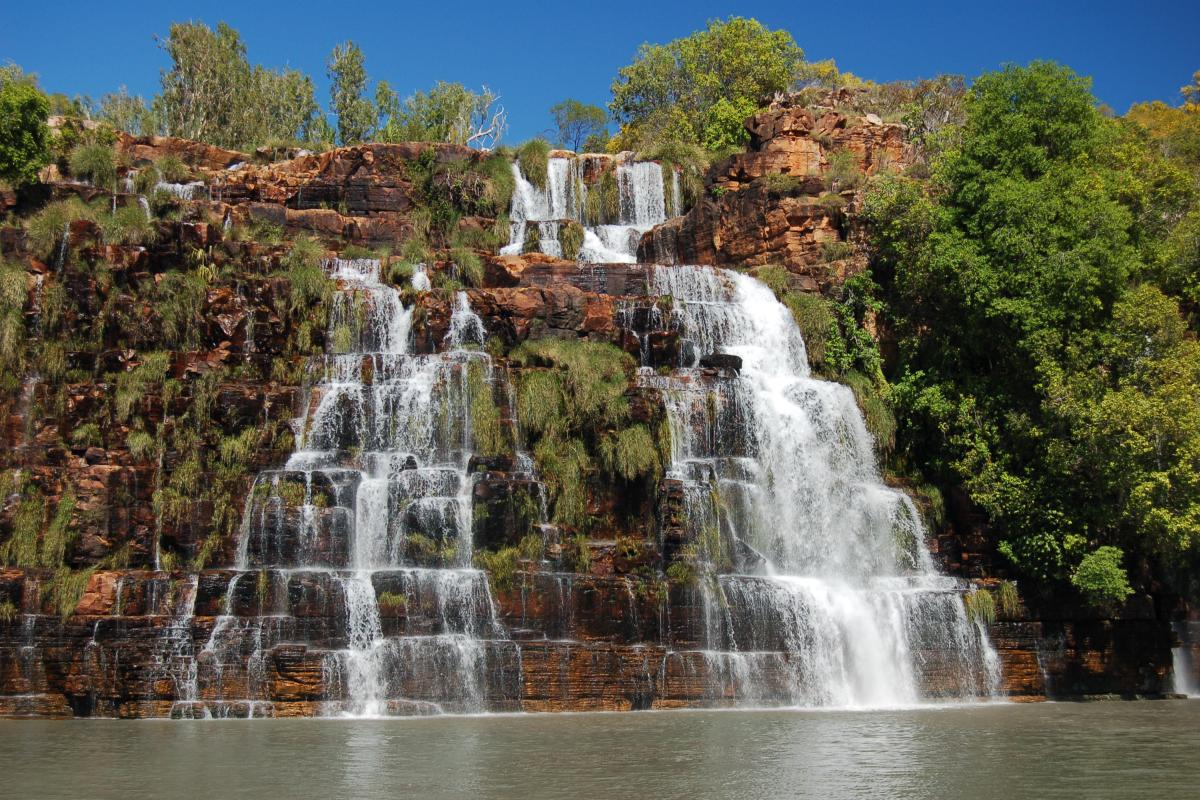
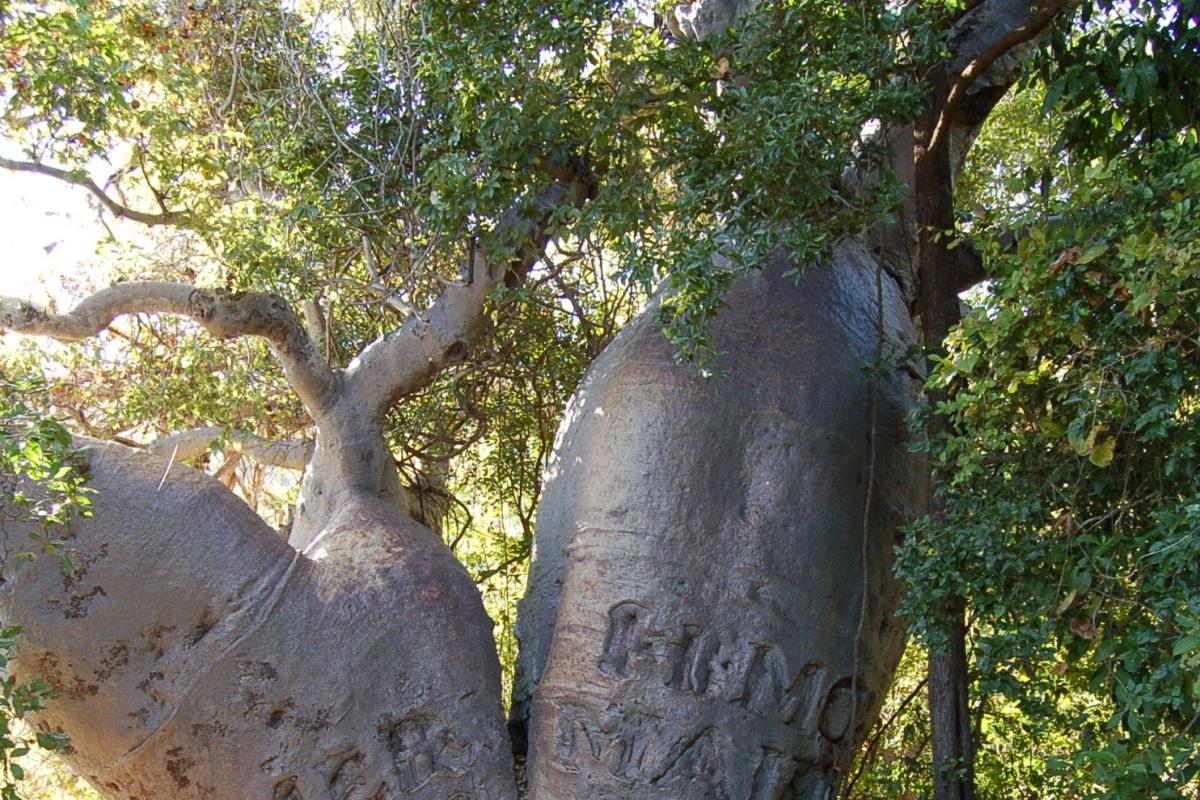
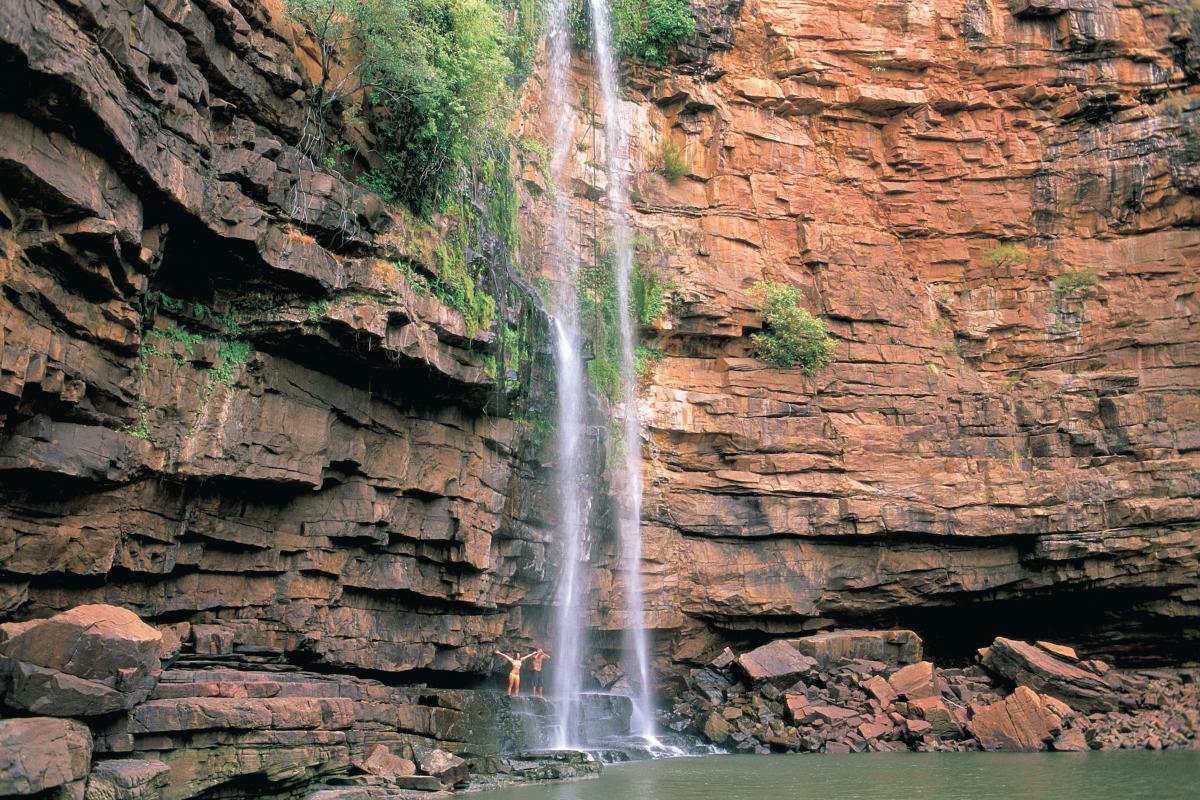
Activities
 Bushwalking
Bushwalking
 Fishing
Fishing
Plants, wildlife and fungi
Visit the Atlas of Living Australia for a list of species recorded in Prince Regent National Park.
Traditional Owners
We recognise and acknowledge Worrorra, Wunambul and Ngarinyin people as the traditional owners of Prince Regent National Park.
The Uunguu Native Title claim overlies part of the park and joint management arrangements are being developed with the Worrorra traditional owners.
A Dambimangari visitor pass must be purchased to visit the park. To find out more and to purchase your pass online visit the Dambimangari website.
